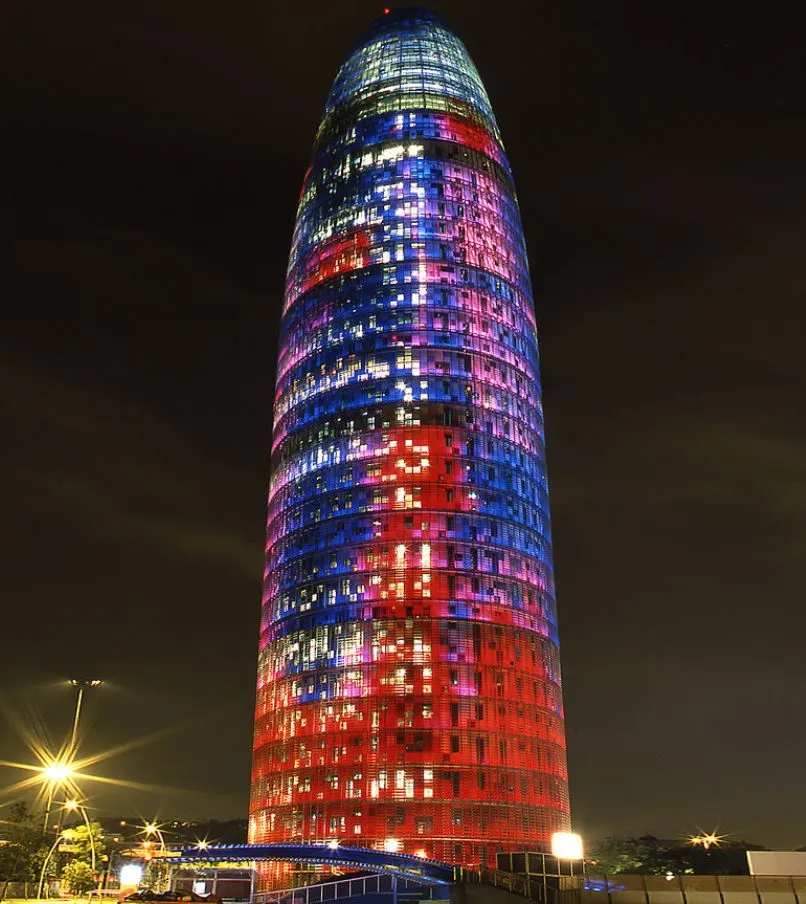One of the most intriguing skyscrapers in the world doesn’t exactly resemble the remarkable designs by Catalan architect Antoni Gaudí that dominate the capital of Catalonia.
In this article, we’ll take a closer look at some of the most interesting facts about the Torre Gloriès, one of the most fascinating buildings in Barcelona!
1. It’s located near a huge square in central Barcelona
The Torre Gloriès is one of the most fascinating structures in the city of Barcelona, and that’s not an easy feat to achieve considering other landmark buildings such as the Sagrada Família church and Casa Milà to name just a few. It’s located near one of the most important squares in the city called the “Plaça de les Glòries Catalanes.”
This large public space was originally planned to become the center of the city but now mainly serves as the entrance of the newly constructed technology district in the city. It borders the “El Poblenou” neighborhood which was originally occupied by heavy industry.
The skyscraper was the first project to be completed in a large urban redevelopment plan called “22@Barcelona,” or “Districte de la innovació.” This is situated in the district of Sant Martí just northeast of Barcelona’s historical center.
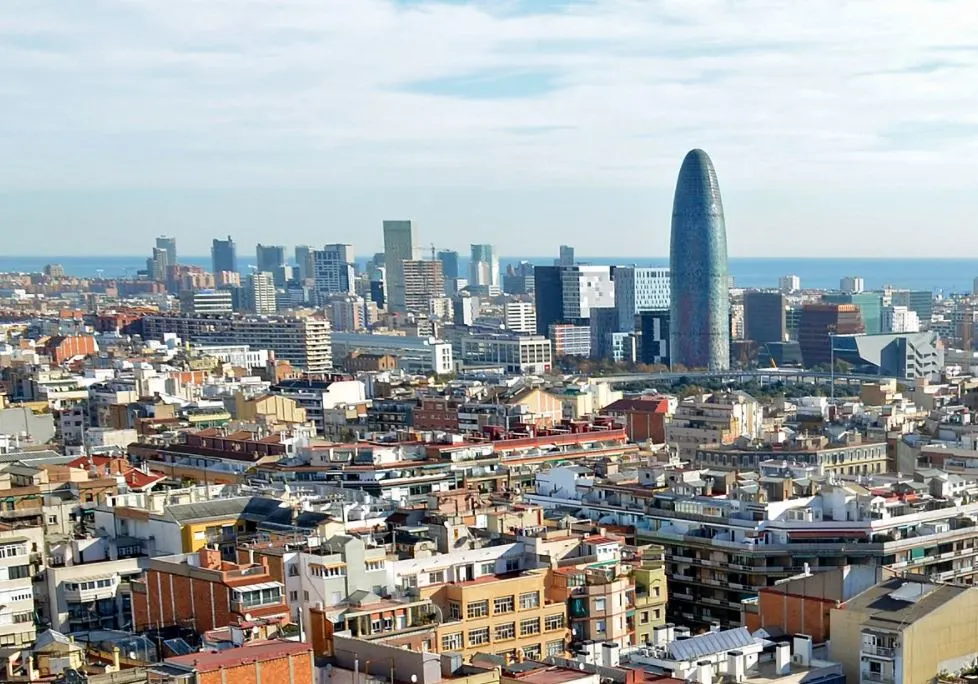
2. It was only renamed to its current name in 2017
The Torre Gloriès was named after the nearby square, but it was only renamed as such in the year 2017. That’s that the year when Merlin Properties real estate group bought the skyscraper for a fee of €142 million.
It was originally named “Torre Agbar” after the Agbar Group, a Spanish company that specialized in the distribution of water. This company also has its headquarters inside the tower which means that they rent a lot of office space.
In between, the tower was also briefly owned by the investment group Azurelau between 2007 and 2010.

3. It was designed by a renowned French architect
The futuristic skyscraper was designed by Jean Nouvel (born 1945), a renowned French architect who has been involved in multiple major construction projects all across the world.

Some of his most notable works include
- Euralille (1995) – A huge futuristic urban space in Lille, France.
- Guthrie Theater (2006) – A popular center for theater performances in Minneapolis, Minnesota.
- One New Change (2010) – A major office and retail complex in central London.
The man had a proper education at one of the most famous architectural institutions in the world, the École des Beaux-Arts in Paris, and has won numerous awards for his fascinating designs.

4. It was inspired by the mountain range near Barcelona
The concept of the skyscraper wasn’t always received positively upon completion mainly because of the building’s peculiar shape. Therefore, it has received some unflattering nicknames such as “el supositori” (“the suppository”) and “l’obús” (“the shell”).
Regardless, there was a dual idea behind the shape of the tower as explained by Jean Nouvel himself. It both resembles:
- A geyser that emerges straight from the ground, a reference to the water company that built the tower
- Montserrat, a famous mountain range near the city which has distinctive peaks.
The mountain range has great importance for the people of Catalonia as it houses a statue of the patron saint of the region, “Our Lady of Montserrat.

5. It resembles another futuristic skyscraper in London
It’s hard to deny that the skyscraper in Barcelona resembles one of the most distinctive skyscrapers in London called “30 St. Mary Axe,” better known by its nickname “The Gherkin.”
This fascinating structure in central London was designed by one of the most famous architects in the world, Sir Norman Foster, and was completed just a few years before Torre Gloriès in 2003.
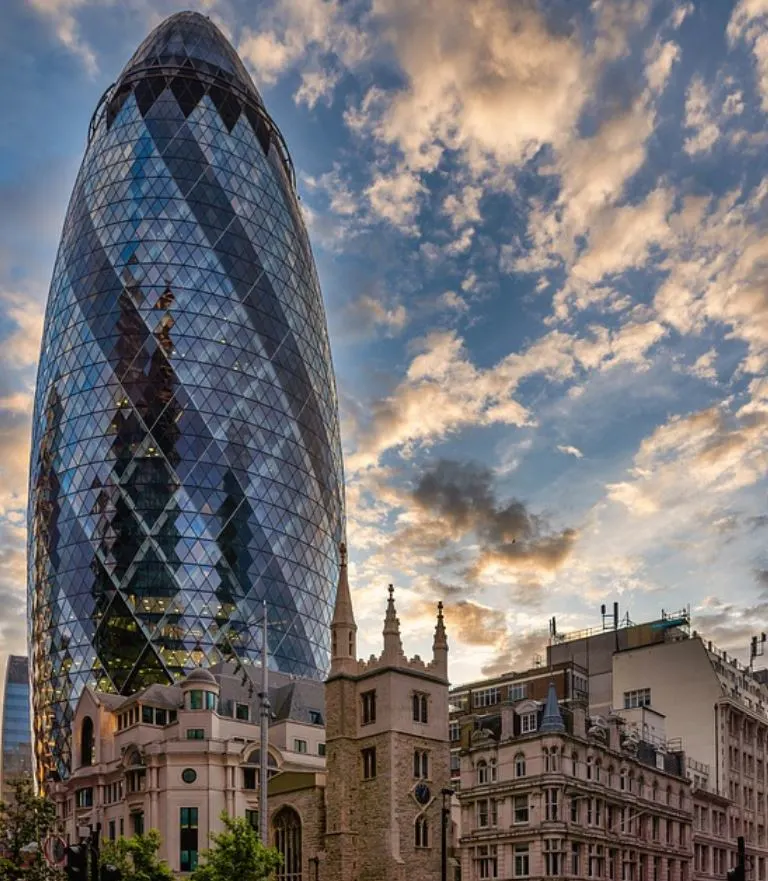
6. It took over 5 years to build this remarkable skyscraper
The first preparatory work to build the tower was done in mid-1999 and the building was eventually completed in late-2004. It was built by a Spanish company headquartered in Madrid called “Dragado,’ now known as “ACS Group.”
Here are some of the most remarkable facts about the Torre Gloriès (which was known as Torre Agbar back then):
- It features 59,619 strips of painted sheet metal.
- The exterior surface covers an area of 16,000 square meters.
- It has a floor area of 51,483 square meters (554,158 square feet).
- 25,000 cubic meters of concrete was used.
- 125 tonnes of steel was used.
- 1170 workers were involved in the construction.
- It cost €130 million to build.

7. The building was opened by a very special guest in 2005
Even though the building was completed in late 2004, it wasn’t officially opened until June of the year 2005. The formal opening was even done a couple of months later as well.
King Juan Carlos I of Spain came over from his residence in Madrid to open this amazing building in Barcelona. This formal event took place on September 23, 2005, a day that the tensions between Madrid and Barcelona were partially forgotten.

8. It’s the third-tallest building in Barcelona
The tower features 38 stories and is far from being the tallest skyscraper in the world. It stands 144.44 meters (473.88 feet) tall and the top floor is located at a height of 128.3 meters (421 feet).
Regardless, it’s still the third-tallest building in Barcelona at the moment as only the Arts Hotel and the Mapfre Tower, both of which remarkably stand exactly 154 meters (505 feet) tall, are higher.
This also means that it’s a prominent landmark in the city which dominates the area it’s located in!
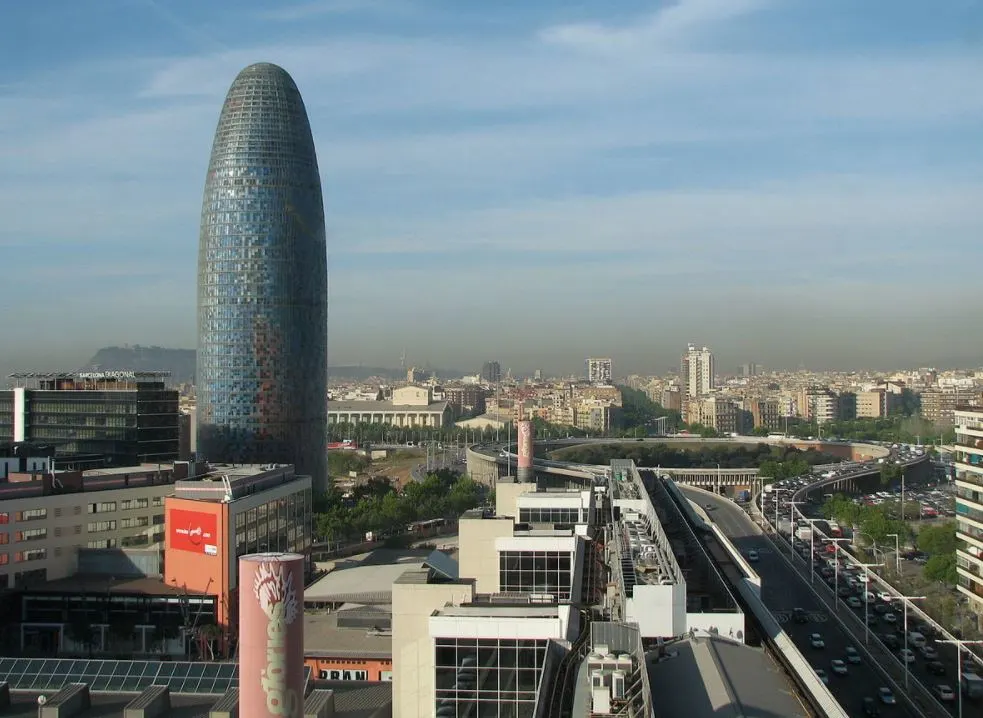
9. The 4,500 windows in the tower have a special feature
The tower consists of two concentric cylinders that never meet each other in the overall structural design. The tower features 4,500 windows that were cut out of the reinforced concrete structure.
Perhaps one of the most fascinating facts about the Torre Gloriès is that the outer layer of the tower is equipped with temperature sensors that automatically open and close the windows.
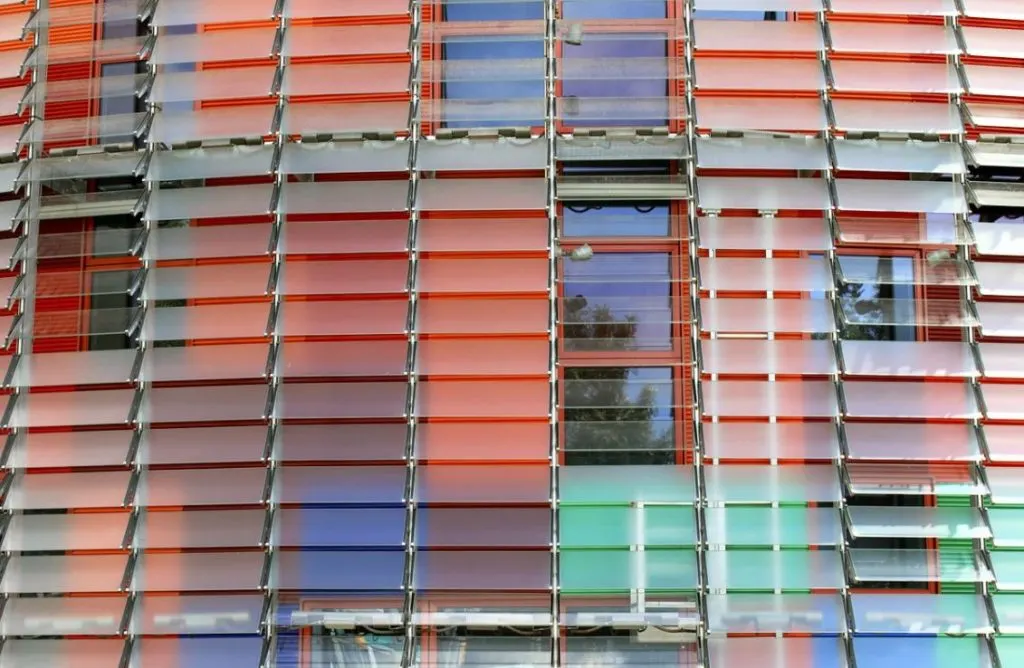
10. The tower looks magnificent at night
To fully appreciate the tower’s remarkable design you really need to visit it at night. Then the lighting system is switched on which is capable of creating 16 million variations of colors.
This also means that the tower can produce a vast range of different images on special occasions. Therefore, it has become the focal point in the city during special occasions such as Christmas and New Year’s Eve.
This also means that the area around the tower is visited by thousands of people to welcome New Year, similar to the most famous landmarks in other cities such as Times Square in New York City and the Eiffel Tower in Paris!
